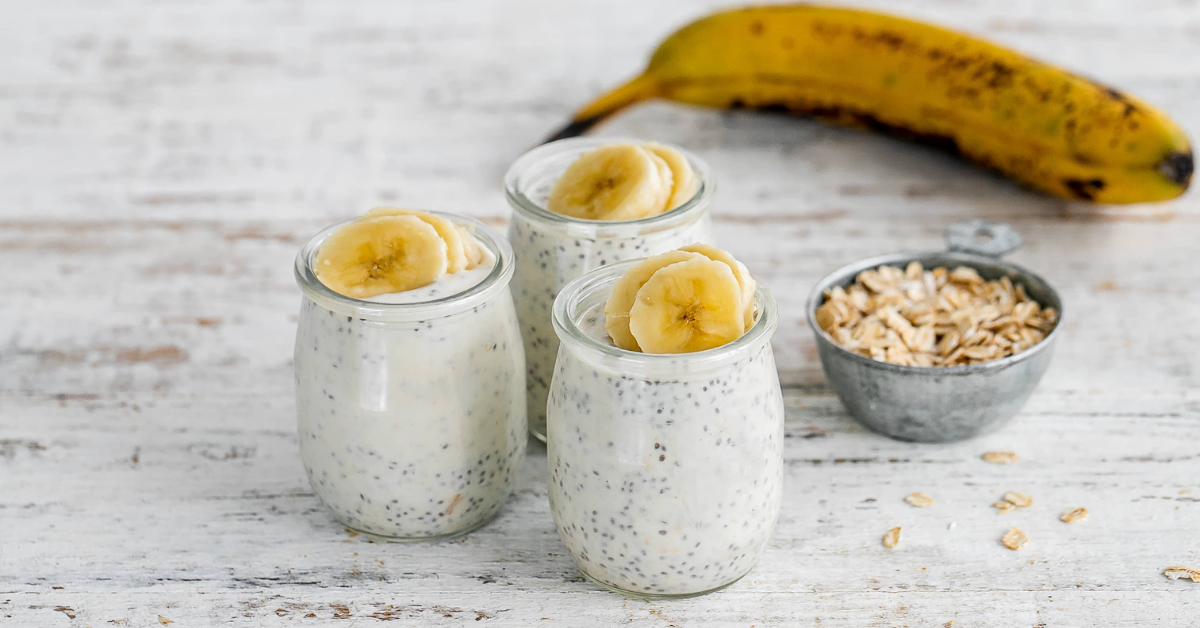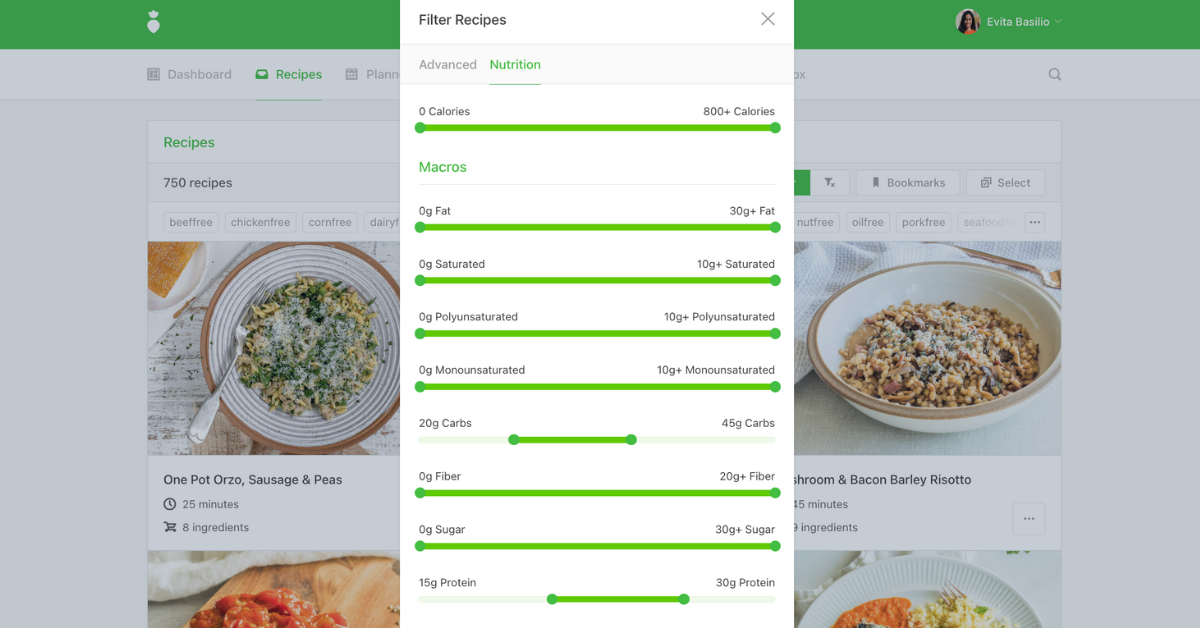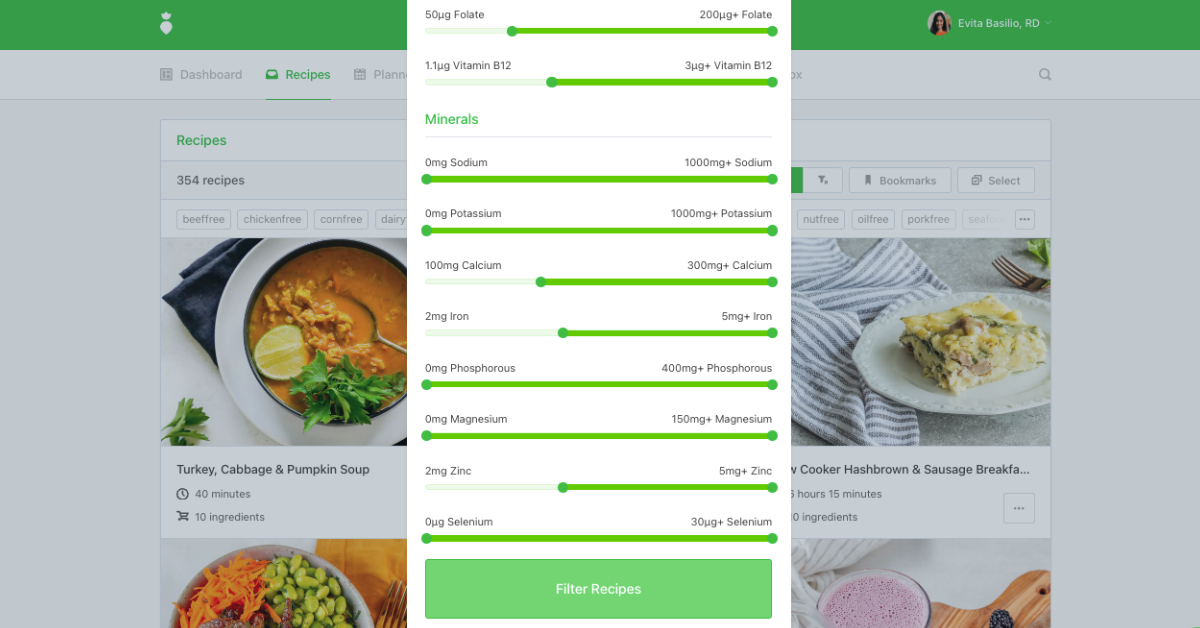In the ever-evolving world of nutrition and fitness, planning the right macronutrient distribution for clients, especially for carbohydrates, has been a hot topic. Carb cycling is one diet that has captivated the attention of fitness enthusiasts and athletes.
Carb cycling involves strategically alternating the intake of carbohydrates throughout the week to match the body's need for glucose based on physical activity. This approach has been found to optimize training performance and help clients achieve specific health and fitness goals.
In this article, we will cover:
- The science behind carb cycling
- The benefits of carb cycling
- How to create a carb cycling meal plan
What is a Carb Cycling Diet?
Carbohydrates are an important macronutrient providing energy. Carb cycling is a dietary approach that involves alternating between high, moderate, and low-carb intake days to maximize how the body uses dietary carbohydrates and stores glycogen. There isn't a one-size-fits-all approach to carb cycling, as it can be customized based on activity levels, workout schedules, a client’s goals, and individual responses to different levels of carbohydrate intake. A common carb cycling strategy might involve:
- High Carb Days: Consuming a higher amount of carbohydrates is helpful when a client has an intense workout or increased physical activity. The higher carb intake helps replenish glycogen stores and provides fuel for high-energy demands.
- Low Carb Days: This reduction aims to promote fat burning and encourage the body to utilize alternative energy sources, such as stored body fat. Protein and healthy fats often become more prominent sources of energy during this phase.
- Moderate Carb Days: These days can act as a balance, offering some variety while maintaining overall carbohydrate intake.
The Science Behind Carb Cycling
Carb cycling is still a relatively new dietary approach with promising results. The science behind the carb cycling diet stems from the relationship between carbohydrate intake, insulin regulation, and energy utilization within the body.
Insulin Sensitivity
Carbohydrates have a significant impact on insulin levels in the body. High-intensity workouts or periods of increased physical activity can deplete glycogen stores in muscles. High-carb days replenish these stores, providing the necessary fuel for intense workouts and aiding recovery. By strategically timing high-carb days around workouts, individuals can optimize glycogen replenishment and performance and increase muscle mass.
Metabolic Flexibility
The body's ability to efficiently switch between using carbohydrates and fats for fuel is known as metabolic flexibility. Carb cycling, especially during low-carb days, encourages the body to rely more on stored fat for energy, promoting fat utilization and potentially aiding in fat loss. Over time, this can enhance the body's ability to use different fuel sources efficiently.

The effectiveness of carb cycling can vary among individuals due to factors like body composition, activity levels, and metabolic rate. Tailoring carb cycling protocols to individual needs and responses is crucial for optimizing their effectiveness.
The Benefits of Carb Cycling
Carb cycling may have several benefits, such as weight management, insulin sensitivity, increased athletic performance, and better adherence. Let's dive into the mechanisms behind these benefits.
Enhanced Athletic Performance
Timing higher carbohydrate intake and sufficient protein intake around intense workouts or training sessions can optimize glycogen stores in muscles and improve muscle endurance, strength, and performance. These are often called carbohydrate refeeds for athletes and have been found to enhance fat loss and help them mentally recover from their exercise regimes.

Hormone Regulation
Carbohydrate intake can influence hormone levels related to hunger, satiety, and metabolism. Cycling carb intake may affect hormones like leptin and ghrelin, which regulate appetite and energy balance. This modulation could potentially assist in appetite control and managing overall calorie intake.
There is also evidence for positive effects on thyroid hormones and testosterone. These factors may help with long-term weight management success since these hormones play a key role in metabolism and exercise performance.
Adherence & Sustainability
A tailored carb cycling plan allows for adjustments based on activity levels, training schedules, metabolic responses, and overall health status, making it adaptable to various lifestyles. The flexibility of carb cycling may contribute to long-term sustainability and compliance with the diet.
How to Create a Carb Cycling Meal Plan
Due to the importance of alternating between high and low-carb days, the most effective way to help your clients stick to the carb cycling diet is to provide a personalized meal plan. A meal plan will help them stay on track and get the right amount of macronutrients.
1. Determine a Client’s Goals & Schedule
The first step to creating a client’s carb cycling plan is to define their nutrition and fitness goals and match this with their training schedule. Fitness goals can include weight loss, muscle gain, improved athletic performance, and better metabolic health. Activity levels and the training schedule will be determined by the days your client has intense workouts or increased physical activity.
Tip: Use That Clean Life’s free Nutrition Assessment Tool to collect the right information so you can build great nutrition plans.
2. Plan the Strategic Carb Periods & Protein Intake
Once you know your client’s training schedule, you can schedule the high-carb days around these. Carb sources should be nutrient-dense, fiber-rich options such as whole grains, legumes, vegetables, and fruit. It will likely take some experimenting with the distribution of high and low-carb days and the number of grams of carbs per day to find the best approach for a client’s lifestyle
Protein intake should be kept similar from day to day as getting enough protein will help promote muscle growth. Fat intake will vary based on carbohydrate intake. Daily protein can be distributed between every meal and snack to help with building muscle strength and hypertrophy. Opt for lean meats and plant-based proteins and fat sources.
Tip: Use That Clean Life's nutrition filters to find recipes with a specific carbohydrate and protein distribution.

3. Add Electrolytes
Cutting back on carbohydrates for a few days can cause flu-like side effects. Your client's customized meal plan can prevent these side effects by replenishing electrolytes such as sodium, magnesium, and potassium. Minerals like zinc and selenium can be incorporated to support immune function.
Tip: You can adjust That Clean Life's nutritient filters to easily find recipes high in immune-supportive nutrients like protein, iron, zinc, vitamins A and C.

4. Choose Foods with Bone Building Nutrients
Calcium, magnesium, and phosphorus are essential for building and maintaining healthy bones. These minerals are also commonly lacking in lower-carb diets, resulting in nutrient deficiencies.
Tip: Use That Clean Life's filters to easily find recipes with calcium-rich foods like this Shirataki Noodles with Tofu recipe.

Carb cycling aims to optimize carbohydrate intake to support performance, promote fat loss, enhance metabolic flexibility, and improve overall body composition. However, it's essential to approach carb cycling with consideration for individual responses, nutritional needs, and overall health status.
Ready to create your carb cycling diet meal plan? Get started with That Clean Life’s ready-to-use Carb Cycling Diet and Plant-Based Carb Cycling Diet.
Each plan includes a 7-day meal plan, an itemized shopping list, appropriate recipes, a prep guide, and supporting evidence. The programs are fully customizable based on your client’s energy needs and preferences.
If you are not yet a member of That Clean Life, you can learn more and sign up here.

